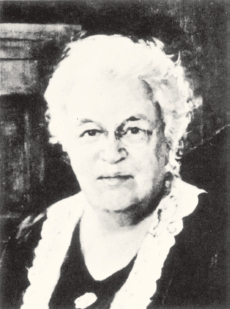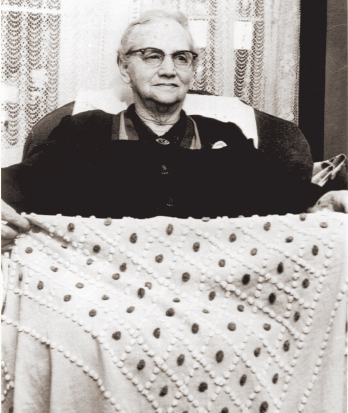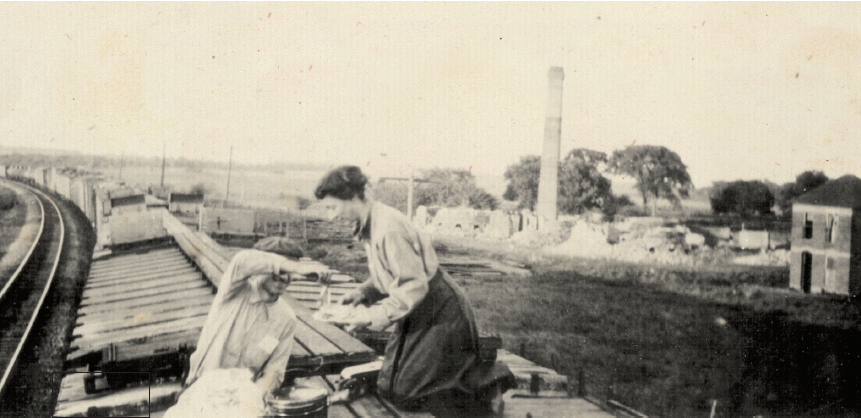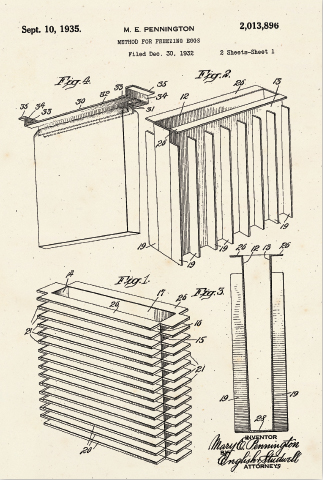

Katherine Lee Bates publishes her poem “America the Beautiful,” which becomes the basis for a widely beloved patriotic song.

Activist, suffragist, and integrationist Ida B. Wells-Barnett publishes A Red Record–a detailed look at lynching. She speaks and writes about these crimes throughout her long life. In Crusade for Justice, she says, “One had better die fighting against injustice than die like a dog or a rat in a trap.”

Botanist Catherine Furbish, who was studying local plants by the time she was twelve and who spent the next thirty-five years collecting, classifying, and recording the flora of Maine, founds the Josselyn Botanical Society in that state. Although she is an amateur, contemporary professional botanists recognize the quality of her work. She donates her large folio volumes to Bowdoin College and her dried plant collection to the New England Botanical Club.

As a teenager, Catherine Evans Whitener masters the candlewicking technique that she saw in a bedspread that was a family heirloom. The tufted quilts and bedspreads she creates, often referred to as chenille, as well as mats and bathrobes form the basis of the Evans Manufacturing Company, which she founds in 1917 with her brother. By 1941, the bedspread industry, centered in Dalton, Georgia, employs ten thousand people and has sales of over $25 million. In the twenty-first century, more than 90 percent of machined carpet production is tufted, based on Whitener’s work. She remembers: “When I was a girl I wished that I had been a boy. Because a boy could find work to make money, and there was nothing a girl could do to earn money. I feel now that God knew best, and I am glad that I was a girl.”


Mary Engle Pennington is denied a B.S. degree at the University of Pennsylvania because of her gender. She is not deterred and continues her academic work, later earning a Ph.D. (conferred under an old statute that makes exceptions for female students in extraordinary cases) and becoming a bacteriologist and chemist. Pennington’s research on bacteria and refrigeration leads to safer eggs, poultry, and fish. She is the first female member of the American Society of Refrigeration Engineers.

Social reformer Lillian D. Wald, who comes from an affluent family and is deeply troubled by the inadequacy of the health facilities available for new immigrants, establishes the Nurses Settlement House at 265 Henry Street, on New York’s Lower East Side, and coordinates nursing classes. Later called the Henry Street Settlement House, the organization helps to improve life in immigrant ghettos.

Hopi potter Nampeyo designs and creates vases and vessels that are inspired by earlier Native American art and her own creativity.